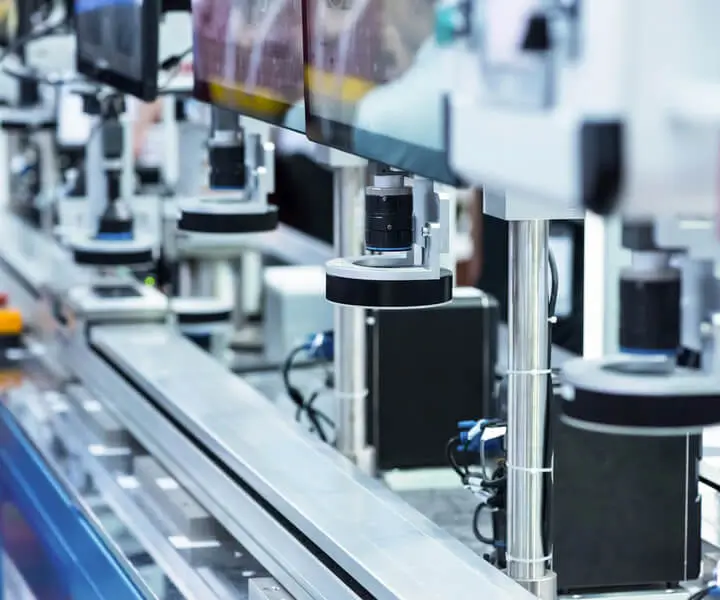Unleashing Innovation: The Magic of Servo Motors Paired with Arduino
In the ever-evolving landscape of DIY electronics, robotics, and automation, few components have sparked as much innovation and creativity as servo motors. When combined with the versatile Arduino platform, servo motors open a portal to endless possibilities, from simple hobby projects to sophisticated robotic systems. But what exactly makes the servo motor an indispensable component in the maker’s toolkit? How can Arduino users tap into its power to transform ideas into reality?

Understanding the core of what makes servo motors so integral begins with their unique design and function. Unlike standard DC motors, servo motors are designed for precise control of angular position, which makes them ideal for applications requiring accurate movement and positioning. They come equipped with a built-in feedback system—usually a potentiometer—that constantly assesses the position of the motor shaft, enabling precise adjustments in real-time.
Why Arduino and Servo Motors are a Match Made in Maker Heaven
Arduino, the open-source microcontroller platform known for its user-friendly programming environment and extensive community support, perfectly complements the servo motor’s capabilities. With Arduino, controlling a servo involves just a few lines of code, yet this simplicity unlocks a vast array of applications. Every Arduino project that demands movement, positioning, or precise control can benefit from integrating servo motors.
Common Uses of Servo Motors in Arduino Projects
Let's explore some of the most popular and inspiring ways Arduino enthusiasts leverage servo motors:
Robotics and Articulated Arms
One of the most prominent uses of servo motors is in robotic arms. Whether it’s a mimicking human hand or a precise pick-and-place manipulator, servo motors provide the smooth, accurate control needed for complex movements. By attaching servos to different joints, builders create articulated arms capable of reaching, grasping, and rotating with finesse.
Remote-Controlled Vehicles
From RC cars to boats and drones, servo motors power steering mechanisms, throttle controls, and even wing adjustments. Arduino’s ability to quickly send pulse width modulation (PWM) signals ensures that these vehicles respond accurately to user commands or autonomous navigation systems.
Camera Gimbals and Pan-Tilt Systems
Capturing the perfect shot often requires precise camera positioning. Arduino-controlled servo motors allow for dynamic camera gimbals that can pan, tilt, or stabilize footage in real-time, vastly improving videography in DIY and professional settings.
Home Automation and Smart Projects
Servo motors are also pivotal in automating everyday objects—like opening and closing vents, controlling blinds, or creating robotic pet feeders. They can be programmed to respond to sensors, timers, or remote commands, facilitating a range of home automation solutions.
Educational Demonstrations
In classrooms and labs, servo motors serve as excellent tools for teaching principles of control systems, feedback, and automation. Simple Arduino scripts controlling a servo can demonstrate concepts like proportional control, PID tuning, and sensor integration.
The Anatomy of a Typical Arduino-Servo System
At the heart of any servo-based project is a straightforward architecture:
Power Supply: Servos typically operate on 4.8V to 6V, often powered directly from Arduino’s 5V output or an external power source for larger servo arrays. Control Signal: The Arduino sends PWM signals that dictate the servo’s position. The typical control involves specifying an angle between 0° and 180°. Servo Hardware: This includes the servo motor itself, which contains the gear train, motor, feedback potentiometer, and control circuitry.
The Programming Perspective
Controlling a servo with Arduino is remarkably simple thanks to the Servo library. Here’s a quick example:
#include Servo myServo; void setup() { myServo.attach(9); // attaches the servo to pin 9 } void loop() { myServo.write(90); // moves servo to 90 degrees delay(1000); myServo.write(0); // moves servo to 0 degrees delay(1000); }
This code showcases fundamental control; by adjusting the angles and timing, elaborate movement sequences can be programmed seamlessly.
Considerations When Using Servo Motors with Arduino
While working with servos is straightforward, certain factors are worth noting:
Power Requirements: Larger or multiple servos may draw significant current, risking voltage drops or resets. Using an external power supply for the servos can mitigate this issue. Torque and Speed: Select a servo that matches your project’s torque and speed requirements. There are micro servos, standard servos, and high-torque versions. Physical Limits: Avoid commanding a servo beyond its mechanical limits to prevent damage. Calibration: For precision work, calibrate the servo’s range and ensure consistent movements.
Part 2 will delve into advanced uses, integration tips, troubleshooting common issues, and inspiring project ideas to elevate your Arduino servo motor experience.
Kpower has delivered professional drive system solutions to over 500 enterprise clients globally with products covering various fields such as Smart Home Systems, Automatic Electronics, Robotics, Precision Agriculture, Drones, and Industrial Automation.




































